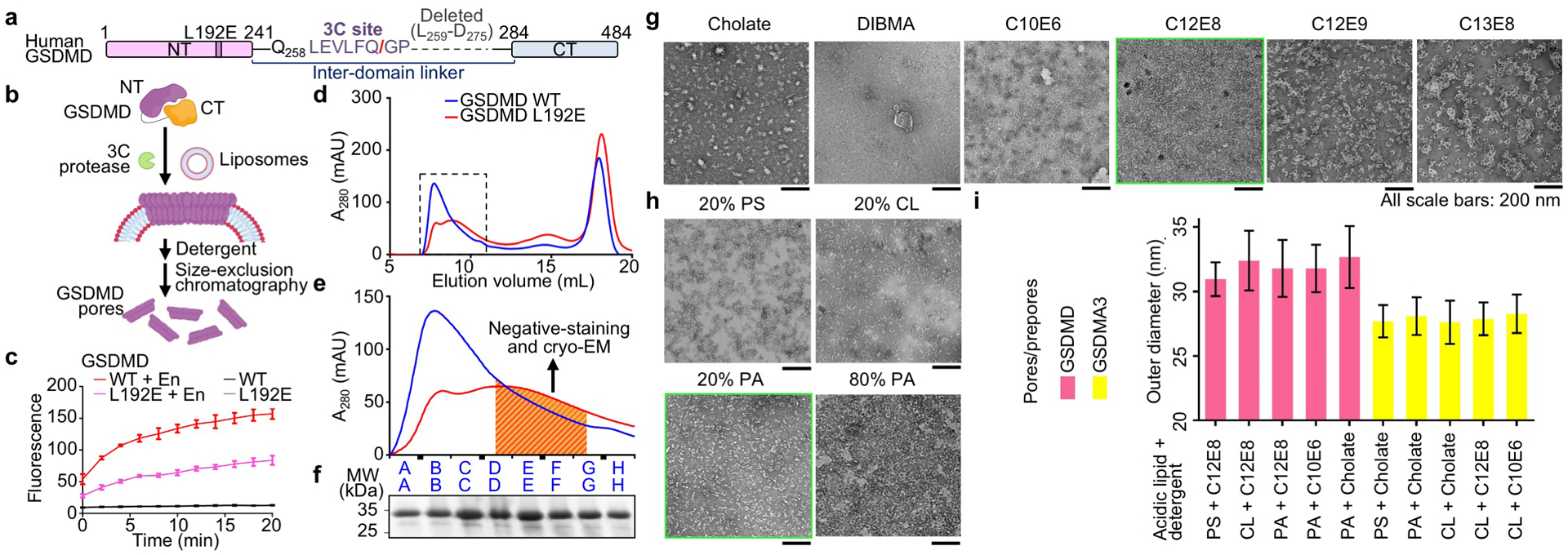Extended Data Fig. 1 |. Reconstitution and purification of GSDMD assemblies.

a, Optimized construct for human GSDMD referred to as “WT” GSDMD for convenience. The N-terminal MBP tag and the TEV-cleavable linker between MBP and GSDMD-NT are not shown. b, Schematic of GSDMD pore and prepore reconstitution. c, Reduced, but not abolished, activity of the GSDMD L192E mutant shown by Tb3+ leakage (n = 3 biological replicates). En: Activating enzyme. d, e, Size-exclusion chromatography profiles (d), and their locally enlarged views (e). The dashed box encloses the fractions containing the majority of GSDMD WT or L192E assemblies. The shaded fractions containing the least aggregated particles (e) were used for EM data collection. f, SDS-PAGE showing WT GSDMD-NT at around 30 kDa from the corresponding fractions in (e). g, Detergent screen. Non-ionic detergents known as ethylene glycol monoethers, with formula CxEy, yielded stable GSDMD pores. C12E8 was chosen as the final solubilizing agent. All scale bars: 200 nm. h, GSDMD pores extracted by 1% C12E8 from liposomes containing different types and amounts (%) of acidic lipids. Liposomes containing 20% PA were chosen. All scale bars: 200 nm. i, Sizes of GSDMD and GSDMA3 assemblies reconstituted on liposomes containing different types of acidic lipids (20%) and extracted by different types of detergents (1% CxEy, or 50 mM cholate), shown by outer diameters measured under negative-stain EM (from left to right, n = 64, 42, 77, 73, 14, 34, 45, 23, 21, and 18 particles). Data shown in c and i are mean ± s.d.. Data shown in f–h are representative of three independent experiments.
